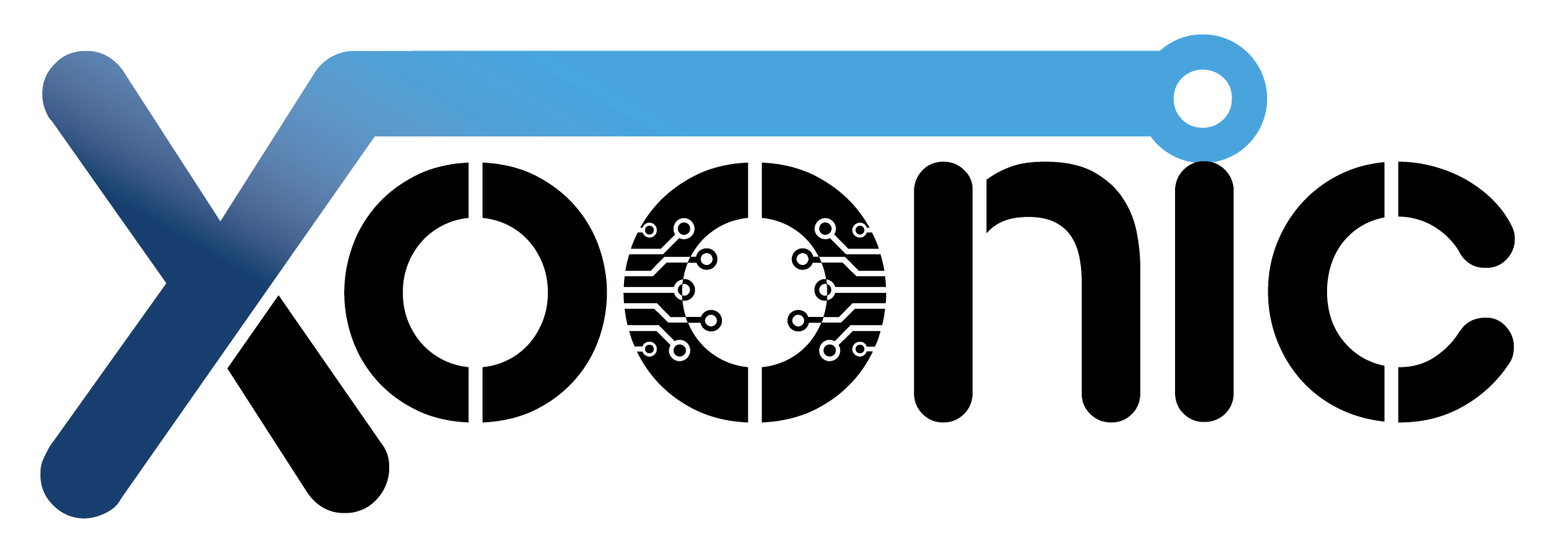Artificial Intelligence
Semantic Analysis Guide to Master Natural Language Processing Part 9
Text Analysis Using R Text Analysis Guides at Penn Libraries
Other approaches include analysis of verbs in order to identify relations on textual data [134–138]. However, the proposed solutions are normally developed for a specific domain or are language dependent. Jovanovic et al. [22] discuss the task of semantic tagging in their paper directed at IT practitioners. Semantic tagging can be seen as an expansion of named entity recognition task, in which the entities are identified, disambiguated, and linked to a real-world entity, normally using a ontology or knowledge base. The authors compare 12 semantic tagging tools and present some characteristics that should be considered when choosing such type of tools. However, there is a lack of studies that integrate the different branches of research performed to incorporate text semantics in the text mining process.
The Role of Natural Language Processing in AI: The Power of NLP – DataDrivenInvestor
The Role of Natural Language Processing in AI: The Power of NLP.
Posted: Sun, 15 Oct 2023 10:28:18 GMT [source]
With sentiment analysis, companies can gauge user intent, evaluate their experience, and accordingly plan on how to address their problems and execute advertising or marketing campaigns. In short, sentiment analysis can streamline and boost successful business strategies for enterprises. As discussed earlier, semantic analysis is a vital component of any automated ticketing support. It understands the text within each ticket, filters it based on the context, and directs the tickets to the right person or department (IT help desk, legal or sales department, etc.). Semantic analysis methods will provide companies the ability to understand the meaning of the text and achieve comprehension and communication levels that are at par with humans.
Semantic Analysis Examples
It analyzes text to reveal the type of sentiment, emotion, data category, and the relation between words based on the semantic role of the keywords used in the text. According to IBM, semantic analysis has saved 50% of the company’s time on the information gathering process. Beyond latent semantics, the use of concepts or topics found in the documents is also a common approach. The concept-based semantic exploitation is normally based on external knowledge sources (as discussed in the “External knowledge sources” section) [74, 124–128]. As an example, explicit semantic analysis [129] rely on Wikipedia to represent the documents by a concept vector. In a similar way, Spanakis et al. [125] improved hierarchical clustering quality by using a text representation based on concepts and other Wikipedia features, such as links and categories.
The company can therefore analyze the satisfaction and dissatisfaction of different consumers through the semantic analysis of its reviews. When combined with machine learning, semantic analysis allows you to delve into your customer data by enabling machines to extract meaning from unstructured text at scale and in real time. Automatically classifying tickets using semantic analysis tools alleviates agents from repetitive tasks and allows them to focus on tasks that provide more value while improving the whole customer experience.
Share this paper
As well as WordNet, HowNet is usually used for feature expansion [83–85] and computing semantic similarity [86–88]. But before deep dive into the concept and approaches related to meaning representation, firstly we have to understand the building blocks of the semantic system. Thus, as and when a new change is introduced on the Uber app, the semantic analysis algorithms start listening to social network feeds to understand whether users are happy about the update or if it needs further refinement. Semantic analysis techniques and tools allow automated text classification or tickets, freeing the concerned staff from mundane and repetitive tasks. In the larger context, this enables agents to focus on the prioritization of urgent matters and deal with them on an immediate basis.
The authors state that automatic ontology building from texts is the way to the timely production of ontologies for current applications and that many questions are still open in this field. The authors divide the ontology learning problem into seven tasks and discuss their developments. They state that ontology population task seems to be easier than learning ontology schema tasks. A general text mining process can be seen as a five-step process, as illustrated in Fig. The process starts with the specification of its objectives in the problem identification step.
Both polysemy and homonymy words have the same syntax or spelling but the main difference between them is that in polysemy, the meanings of the words are related but in homonymy, the meanings of the words are not related. In the above sentence, the speaker is talking either about Lord Ram or about a person whose name is Ram. According to a 2020 survey by Seagate technology, around 68% of the unstructured and text data that flows into the top 1,500 global companies (surveyed) goes unattended and unused. With growing NLP and NLU solutions across industries, deriving insights from such unleveraged data will only add value to the enterprises. Semantic analysis employs various methods, but they all aim to comprehend the text’s meaning in a manner comparable to that of a human. This can entail figuring out the text’s primary ideas and themes and their connections.
These facts can justify that English was mentioned in only 45.0% of the considered studies. Besides the top 2 application domains, other domains that show up in our mapping refers to the mining of specific types of texts. We found research studies in mining news, scientific papers corpora, patents, and texts with economic and financial content.
Read more about https://www.metadialog.com/ here.
